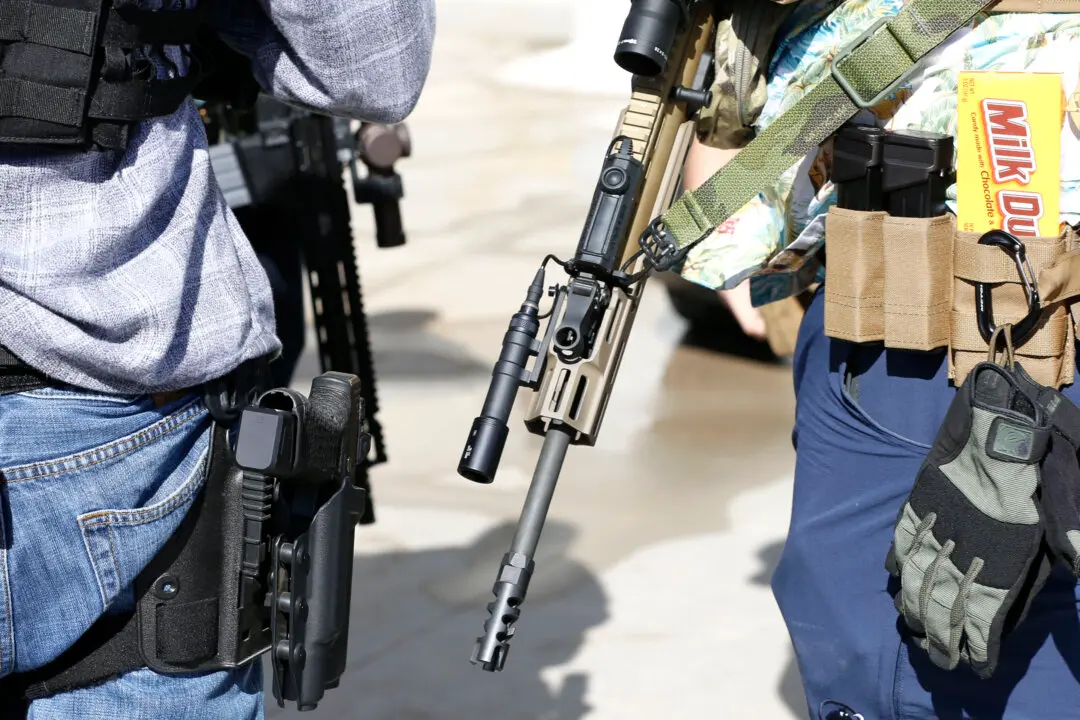A man who claimed he had ties to a militia group received a 10-year prison term on May 14 for pouring gasoline over several Supreme Court Police cars and setting them on fire in 2020.
U.S. District Court Judge Royce C. Lamberth ordered the defendant, Cody Michael Tarner, 26, of Hagerstown, Maryland, to serve 10 years in prison, pay restitution of $32,371.42, and serve three years of supervised release after completing his prison term, the U.S. Department of Justice announced. The defendant had no prior criminal convictions.





